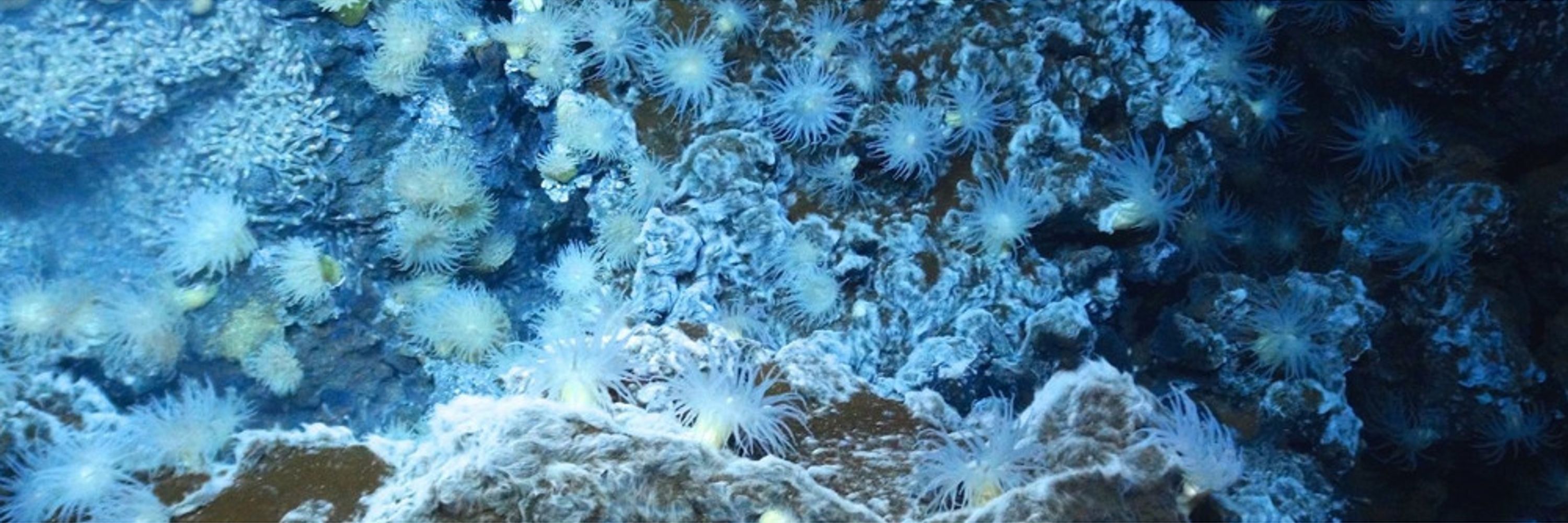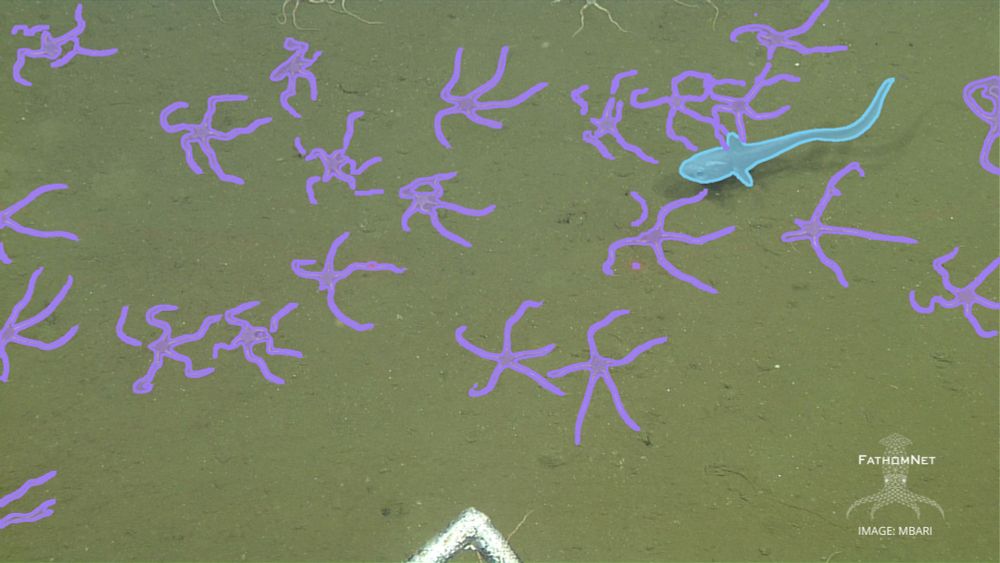
A society for student, academic & professional #DeepSea biologists. 🌊
🔗 dsbsoc.org
💡 @dsbsoc-arts.bsky.social #DSBSocArts

Also welcome: research profiles, accessibility/fieldwork challenges, and non-traditional career paths. Contributions especially welcome outside the EU/US.
www.sciencedirect.com/science/arti...

www.sciencedirect.com/science/arti...
#AsgardArchaea
@schmidtocean.bsky.social
@moorefound.bsky.social
@texasscience.bsky.social
@utmsi.bsky.social


#AsgardArchaea
@schmidtocean.bsky.social
@moorefound.bsky.social
@texasscience.bsky.social
@utmsi.bsky.social
2 Dec – COBRA Webinar: eDNA reference libraries, taxonomy & new species discoveries. buff.ly/Rnxm6Zh
15–19 Dec – AGU25: #DeepOcean sessions on tech, exploration & decision-making. buff.ly/xhn5SM5
👏 Congrats to awardees Lisa Levin & Julie Huber!

2 Dec – COBRA Webinar: eDNA reference libraries, taxonomy & new species discoveries. buff.ly/Rnxm6Zh
15–19 Dec – AGU25: #DeepOcean sessions on tech, exploration & decision-making. buff.ly/xhn5SM5
👏 Congrats to awardees Lisa Levin & Julie Huber!
Meet another 2025 conference awardee: Severin Korfhage (@severinkorfhage.bsky.social), PhD candidate @ U. of Oldenburg & #HIFMB working on the systematics & taxonomy of #DeepSea & cold-water #octocorals spanning from the #NorthAtlantic to the #Pacific.
More in alt-text!




Meet another 2025 conference awardee: Severin Korfhage (@severinkorfhage.bsky.social), PhD candidate @ U. of Oldenburg & #HIFMB working on the systematics & taxonomy of #DeepSea & cold-water #octocorals spanning from the #NorthAtlantic to the #Pacific.
More in alt-text!

Meet Ailish Ullman (@ailishullmann.bsky.social) , PhD candidate at @vicuniwgtn.bsky.social & Earth Sci. NZ with @ifremer.bsky.social, researching habitat heterogeneity of life living on & in (yes, in!) #PolymetallicNodules.
More in alt-text!



Meet Ailish Ullman (@ailishullmann.bsky.social) , PhD candidate at @vicuniwgtn.bsky.social & Earth Sci. NZ with @ifremer.bsky.social, researching habitat heterogeneity of life living on & in (yes, in!) #PolymetallicNodules.
More in alt-text!
sleightlab.com/vacancies/ and sleightlab.com/phd-vacancy-2/. The first deadline is 15 December.

sleightlab.com/vacancies/ and sleightlab.com/phd-vacancy-2/. The first deadline is 15 December.
#FloodTheZoneWithBeauty

#FloodTheZoneWithBeauty
www.sciencedirect.com/science/arti...
🌊 🦑 ⚒️

www.sciencedirect.com/science/arti...
🌊 🦑 ⚒️
A look, I am totally shameless. This paper I wrote with @divaamon.bsky.social is an absolute banger.
peerj.com/articles/7397/

A look, I am totally shameless. This paper I wrote with @divaamon.bsky.social is an absolute banger.
peerj.com/articles/7397/


#machinelearning #FathomNet #MBARI

#machinelearning #FathomNet #MBARI
#AsgardArchaea
@schmidtocean.bsky.social
@moorefound.bsky.social
@texasscience.bsky.social
@utmsi.bsky.social

#AsgardArchaea
@schmidtocean.bsky.social
@moorefound.bsky.social
@texasscience.bsky.social
@utmsi.bsky.social


Register here: bit.ly/3KdYA57

Register here: bit.ly/3KdYA57

#AI4Oceans #BenthicEcology #MarineScience #BioBoost+
#AI4Oceans #BenthicEcology #MarineScience #BioBoost+
How fishes of the deep sea have evolved into different shapes share.google/hwvVtuZmVcSQ...
How fishes of the deep sea have evolved into different shapes share.google/hwvVtuZmVcSQ...
Full details and application link here: lnkd.in/ePeFMXzJ

Full details and application link here: lnkd.in/ePeFMXzJ
www.nature.com/articles/s41...

www.nature.com/articles/s41...

Start your countdown; #WCMB2026 is happening exactly one year from now!
Register here: wcmb2026.org/registration
@unoceandecade.bsky.social @vliz.be #marinebiodiversity
Start your countdown; #WCMB2026 is happening exactly one year from now!
Register here: wcmb2026.org/registration
@unoceandecade.bsky.social @vliz.be #marinebiodiversity
the deep seafloor of the Jordanian Gulf of Aqaba, northern Red Sea: 4,975 - 79,840 items per km2 (mean = 27,267 items/km2)!
48% were #plastics and highest densities were observed near a public beach 🏖️.
www.sciencedirect.com/science/arti...

the deep seafloor of the Jordanian Gulf of Aqaba, northern Red Sea: 4,975 - 79,840 items per km2 (mean = 27,267 items/km2)!
48% were #plastics and highest densities were observed near a public beach 🏖️.
www.sciencedirect.com/science/arti...

